Search The Collection
Filter By
Object Type / Material
Geographic Location
Date / Era
Department
Show Only:
- As part of the Met's Open Access policy, you can freely copy, modify and distribute this image, even for commercial purposes.
<em>API</em>Public domain data for this object can also be accessed using the Met's <a target="_new" href="https://metmuseum.github.io/">Open Access API</a> Objects with changed or unknown ownership in continental Europe between 1933-1945.
<a href="/about-the-met/policies-and-documents/provenance-research-project">Learn more</a>
Showing 841 results for India (probably Lucknow)
Sort by:
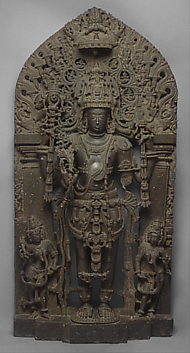
Dasoja of Balligrama
first quarter of the 12th century
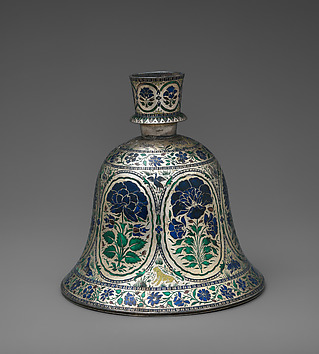
India (probably Lucknow)
mid-19th century

India (probably Bihar)
late 6th–early 7th century
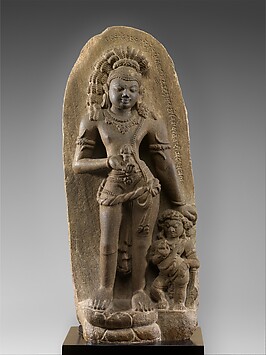
Eastern India, Bihar, probably Nalanda
7th–early 8th century
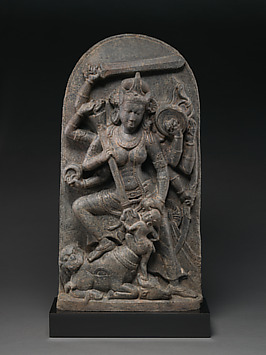
Eastern India, Bihar, probably Gaya district
second half of the 9th century
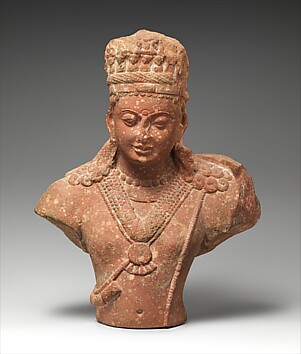
North India (Uttar Pradesh, Mathura)
3rd–early 4th century
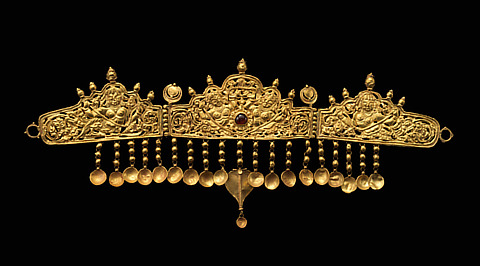
India (Jammu & Kashmir, ancient kingdom of Kashmir)
9th–10th century
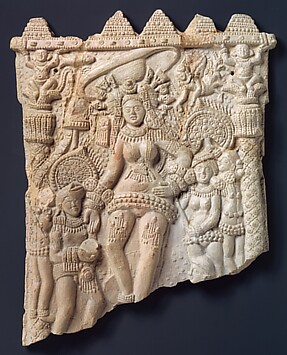
India, Chandraketugarh, West Bengal
1st century BCE

India, Tamil Nadu
second half of the 8th–early 9th century
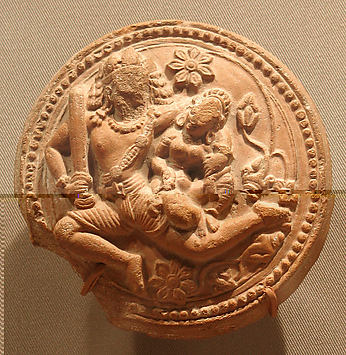
India
5th century
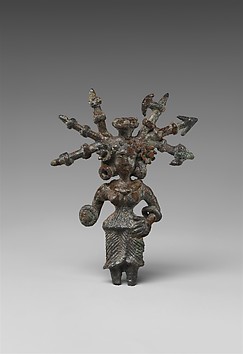
North India (possibly Kausambi, Uttar Pradesh)
2nd century BCE
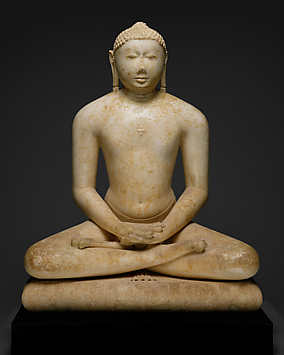
India (Gujarat or Rajasthan)
first half of the 11th century
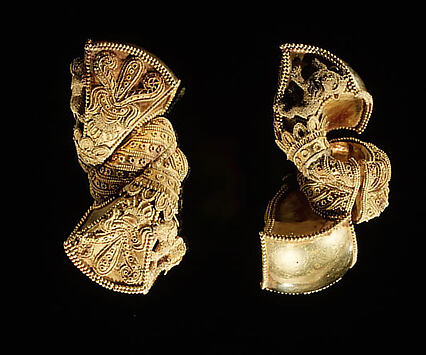
India (probably Andhra Pradesh)
ca. 1st century BCE
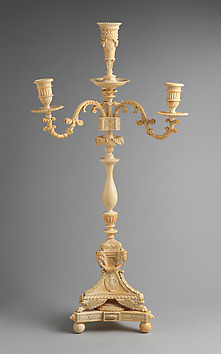
probably Indian, Murshidabad
ca. 1790

Southern India, Tamil Nadu, probably Thanjavur district
ca. 1700–1750

grip, Indian; guard, scabbard, and decoration on blade, Turkish; blade, Iranian
grip, 18th or 19th century; guard and scabbard, 19th century; blade, dated A.H. 1099/1688 CE; decoration on blade, 19th century
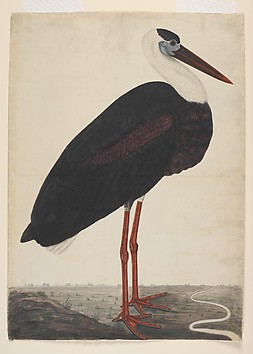
ca. 1780
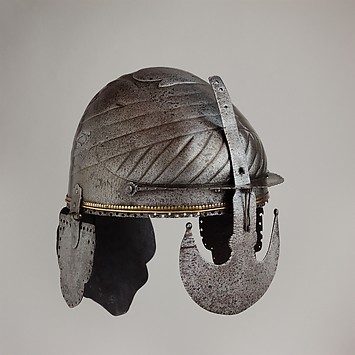
Indian, Deccan, probably Bijapur (Vijayapur)
17th century
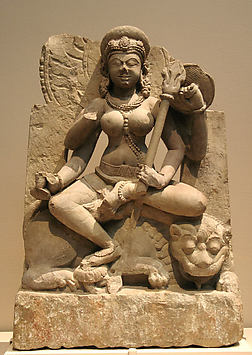
India (probably Uttar Pradesh)
9th century
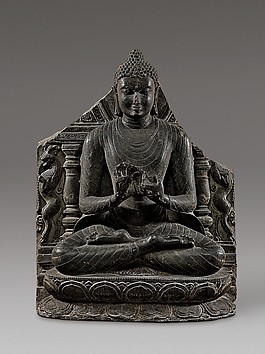
India (Bihar, probably Nalanda)
11th century
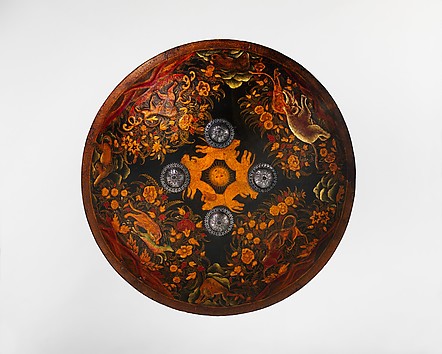
Indian, probably Rajastan
ca. 1800
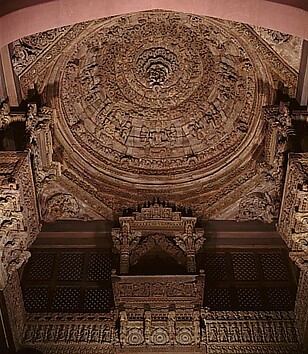
India (Gujarat, Patan)
last quarter of 16th century
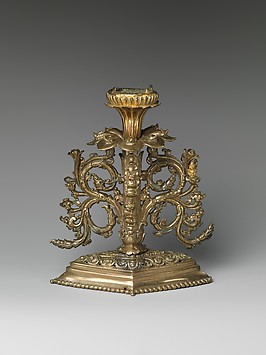
India (probably Bengal)
late 12th century

India, probably Goli, Guntur district, Andhra Pradesh
ca. 3rd century CE
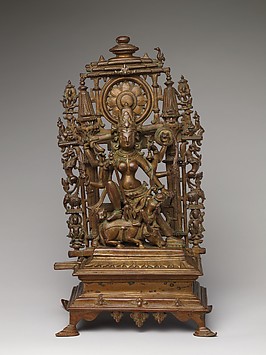
India (Himachal Pradesh, probably Chamba Valley)
12th century

India
1st century BCE–early 1st century CE
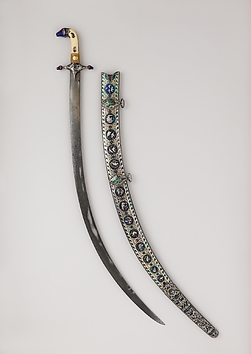
probably Indian; hilt and scabbard, Indian, probably Lucknow
hilt and scabbard, dated 1819; blade, 18th century
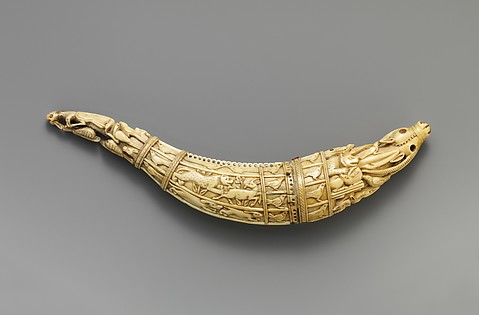
Indian, probably Deccan
mid-17th century

Bangladesh or India (Bengal)
11th century
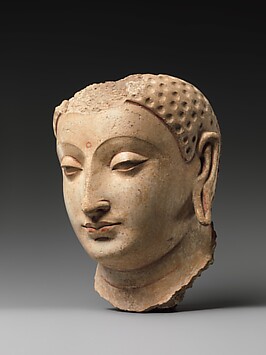
Afghanistan (probably Hadda)
5th–6th century
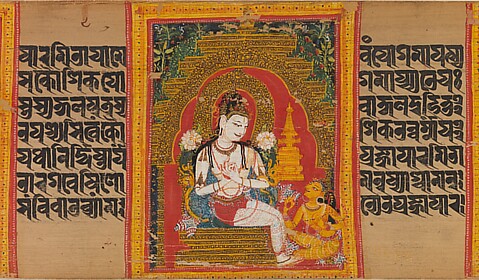
Mahavihara Master
early 12th century
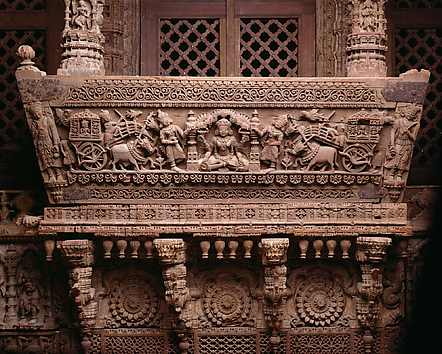
India (Gujarat, Patan)
last quarter of 16th century
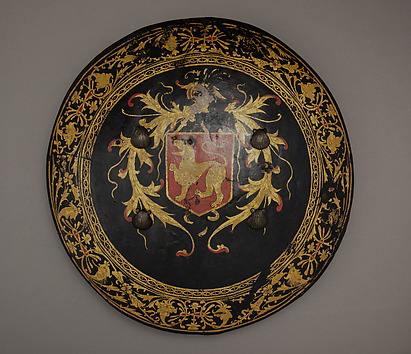
probably Indian; lacquerwork, Southeast Asian, Thailand or Burma (Myanmar)
first half 17th century
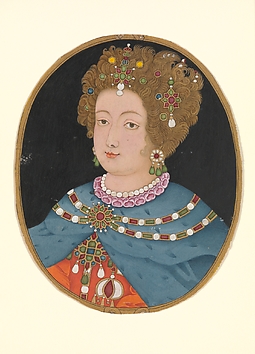
late 17th century
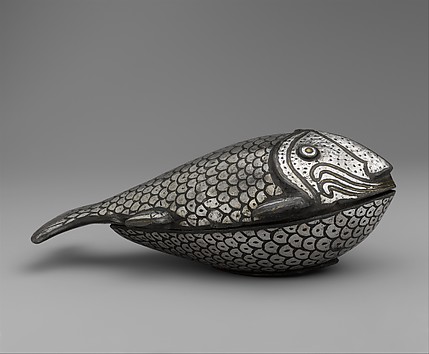
19th century
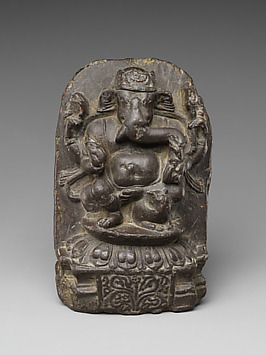
India, Kashmir
mid-9th century

late 18th century
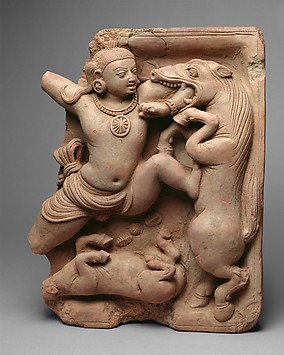
India (Uttar Pradesh)
5th century
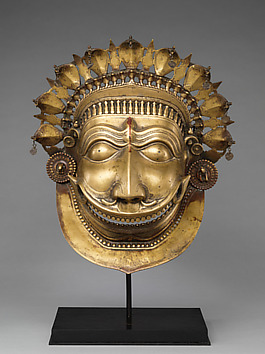
Western India, Karnataka
early 20th century
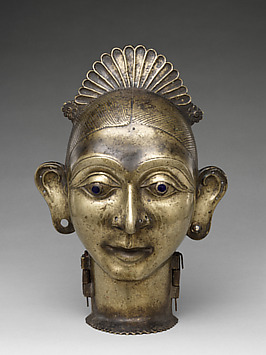
South India, Karnataka
ca. 18th century